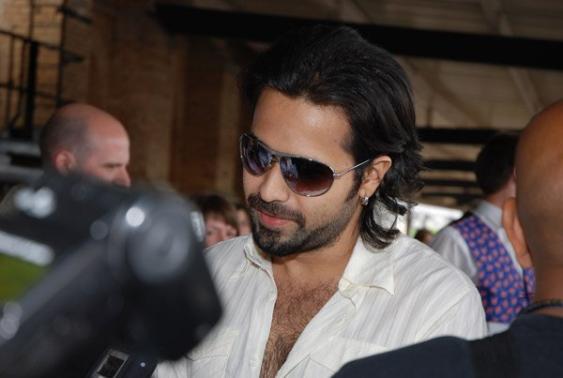CULTURAL SOURCES OF THE INDIAN POPULAR CINEMA
When we examine the evolution of popular Indian cinema, there are certain forces that merit closer analysis. These are:
1. The two Hindu epics, the Ramayana and the Mahabharata; 2. Classical Indian theatre 3. The folk theatre 4. The Parsi theatre 5. Hollywood 6. Television Let us examine each of them in a little more detail so as to gain a clearer understanding:
i) THE EPICS: It is unarguably clear that the Hindi film, whatever view one might hold of its general quality, is deeply embedded in certain mythic structures which have defined the contours of Indian civilization. Manmohan Desai claimed that all his films were inspired by the Mahabharata, and on occasion everything in the Hindi film, from the archetypal figure of the mother to the anti-heroic hero, appear to spring from the epics. The Ramayana and the Mahabharata have played a crucial role in shaping the thought, imagination, and life-styles of the vast mass of Indian people. The two epics have often supplied Indian film producers with themes and plots. The very first Indian "talkie", Raja Harishchandra, was based on the Ramayana, and since then scores of films have drawn on the epics for plots. In addition, certain them atizations related to motherhood, patrimony and revenge, for instance in Mother India, Awaara, and Zanjeer respectively, that repeatedly find articulation in Indian cinema can be directly traced to the influence of the Ramayana and the Mahabharata. In order to understand the uniqueness of the Indian film discourse, we must understand the structure of narrativity in popular Indian cinema. Although Indian cinema has been heavily influenced by Hollywood, the art of narration with its endless digressions, circularities, and plots within plots remained distinctly Indian. Here again, the influence of the two epics is unmistakable.
Tuesday, August 11, 2009
Subscribe to:
Post Comments (Atom)
.jpg)
No comments:
Post a Comment